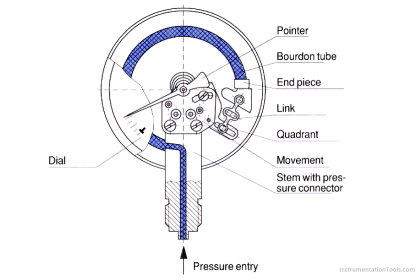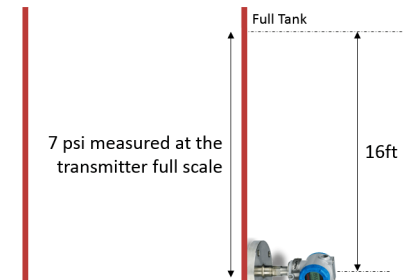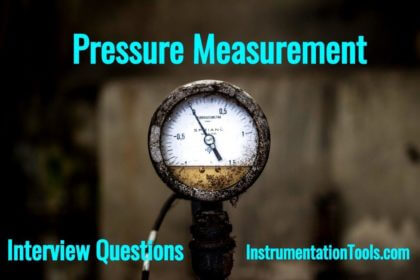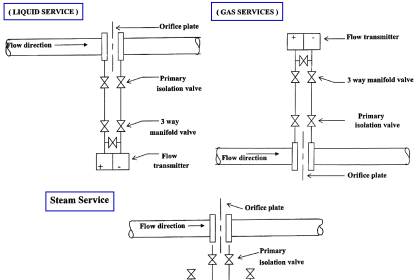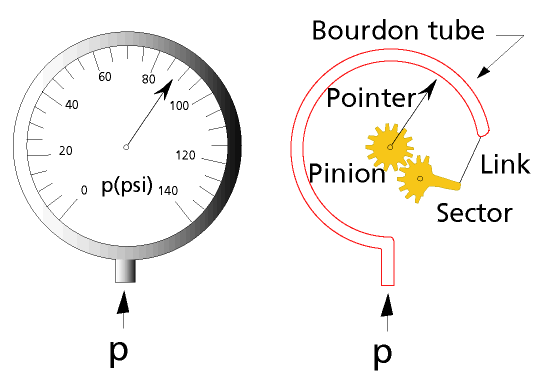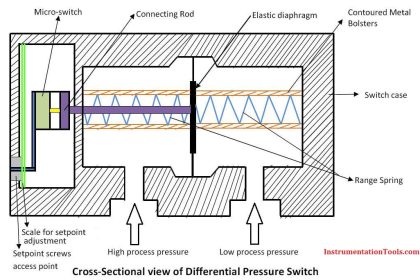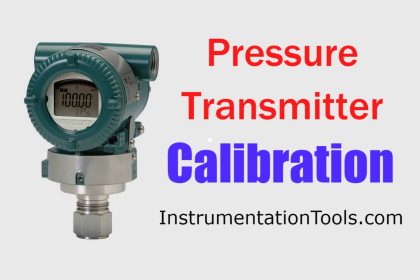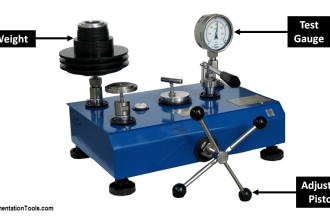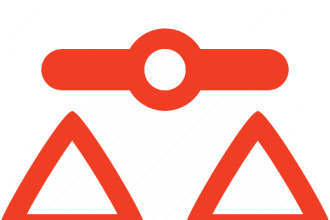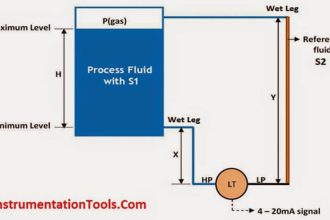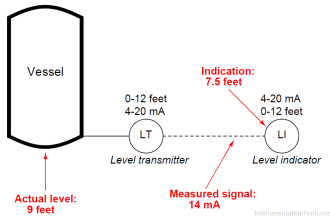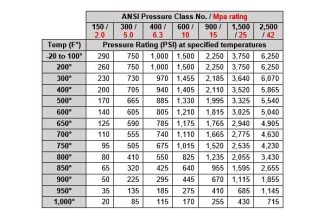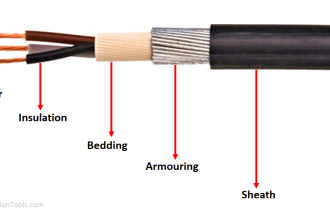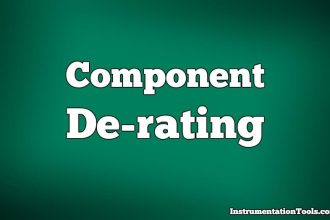These gauges are directly bonded (that is pasted) on the surface of the structure under study. Hence they are termed as bonded strain gauges.
The three types of bonded strain gauges are
Metal Foil Strain Gauge
The arrangement consists of the following;
The metal foil of 0.02mm thick is produced using the printed circuit technique. This metal foil is produced on one side of the plastic backing. Leads are soldered to the metal foil for electrically connecting the strain gauge to a measuring instrument (wheat stone bridge).

Operations of Metal foil Strain gauge
With the help of an adhesive material, the strain gauge is pasted/bonded on the structure under study. Now the structure is subjected to a force (tensile or compressive). Due to the force, the structure will change the dimension. As the strain gauge is bonded to the structure, the stain gauge will also undergo change in both in length and cross-section (that is, it strained).
This strain (change in dimension) changes the resistance of the strain gauge which can be measured using a wheat stone bridge. This change in resistance of the strain gauge becomes a measure of the extent to which the structure is strained and a measure of the applied force when calibrated. Same as Fine Wire strain gauge operation.
Advantages of Metal foil Strain gauge
- These strain gauges can be manufactured in any shape.
- Perfect bonding of the strain gauge is possible with structure under study.
- The backing can be peeled off and the metal foil with leads can be used directly on the structure under study. In such cases, a ceramic adhesive is to be used.
- These gauges have a better fatigue life.
- Has good sensitivity and have stability even at high temperatures.
